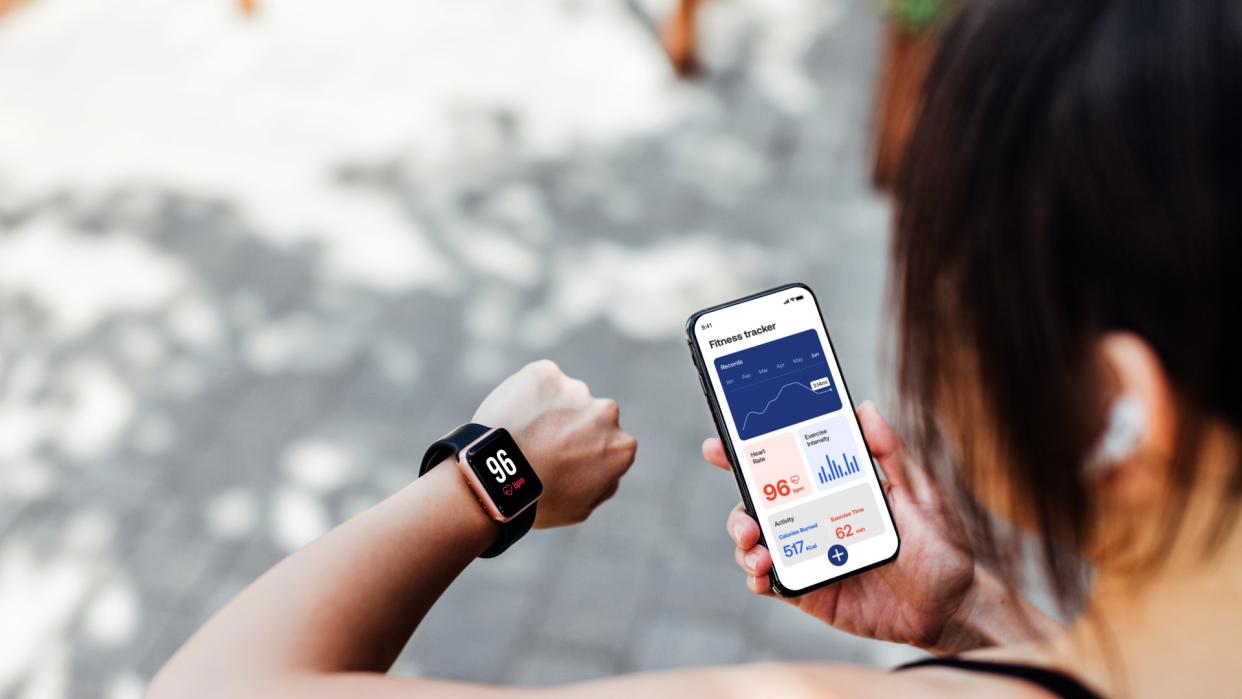5 ways to try tech-based preventative health care

Technology has long infiltrated most facets of our lives, and health care is no exception. While there are things such as the integration of artificial technology to look forward to in future medicine, there are already plenty of other ways to experiment with high-tech preventative health care.
Telemedicine
Video conferencing apps such as Zoom have become popular tools for the health care industry. Virtual doctor visits exploded during the early lockdown period of the Covid-19 pandemic, as health care providers looked for ways to continue seeing patients while minimizing the spread of the virus. While doctors have mostly returned to providing in-person appointments, telemedicine has remained a convenient option to check in with your physician or to see someone for relatively minor health issues.
If your doctor doesn't offer telemedicine appointments, you can try Amazon's new telemedicine option at its virtual clinic, available in all 50 states. With the clinic, the retail giant aims to help remove barriers to treating "everyday health concerns," Amazon's chief medical officer Dr. Nworah Ayogu said in a blog post, per the Associated Press.
Wearable technology
When it comes to health and fitness, wearable technology like smartwatches or FitBits is an easy way to experience what health care tech has to offer. ]You can use the devices to track fitness progress or monitor your heart rate. They also come in a range of prices, so if an Apple Watch is out of your price point, you have other options. Researchers from University College London recently found that wearable technology could be used to detect a heightened risk of heart failure or irregular heartbeats later in life.
One of the benefits of wearables is that they encourage people to develop healthy habits, which could lessen the risk of developing complications such as diabetes, hypertension and heart disease later on in life. Plus, it's a device that goes everywhere with you, just like a phone. "It’s an advantage that makes wearables powerful,” said Robert Havasy, senior director of connected health at the Healthcare Information and Management Systems Society.
Health care apps
Alongside wearable technology, apps are another easy way to ease tech into your health and wellness routine. Some can connect to your wearable tech and store data like your daily step count. You can also use apps as self-monitoring tools to keep track of your nutrition, sleep patterns, or physical activity. They could help build healthier habits or keep track of information to share with your physicians. While the effectiveness of some mental health apps has been questioned, they minimally provide a way to get acquainted with psychological care.
High-tech spas and retreats
Wellness tourism isn't anything new, but some spas and resorts are taking it to the next level by offering high-tech preventative care. Hotels and resorts "are trading in the old-school yoga-and-massage approach for advanced wellness treatments that claim to foster longevity, often blending Western diagnostic testing with Eastern therapies," Nora Walsh wrote for The New York Times. They offer services such as red light therapy, cryotherapy, comprehensive blood tests and 3D scans under the direction of doctors, physiotherapists and Chinese medicine practitioners.
While many of these treatments promise to reduce inflammation and stress in the body, experts note that there need to be more long-term studies to prove their effectiveness. "A lot of these therapies will make you feel better, but I wouldn’t hold out hope they do anything else," Dr. William Kapp, an orthopedic surgeon and founding partner of preventive health and longevity company Fountain Life, told the Times. "There is no magic bullet yet."
Extended reality
Another tech trend to watch out for is the use of extended reality, "a catch-all term covering virtual reality (VR), augmented reality (AR) and mixed reality (MR)," Bernard Marr explained in Forbes. "They all have potentially transformative applications in the healthcare sector." These technologies use lenses or headsets to create immersive virtual environments or merge virtual elements with real-time images of your surroundings. Doctors already use VR as a training tool. As far as treatment, virtual reality exposure therapy (VRET) has been used to immerse people in three-dimensional environments that can help treat phobias and PTSD. The concept is relatively new but has shown promise in enhancing cognitive behavioral therapy (CBT).

